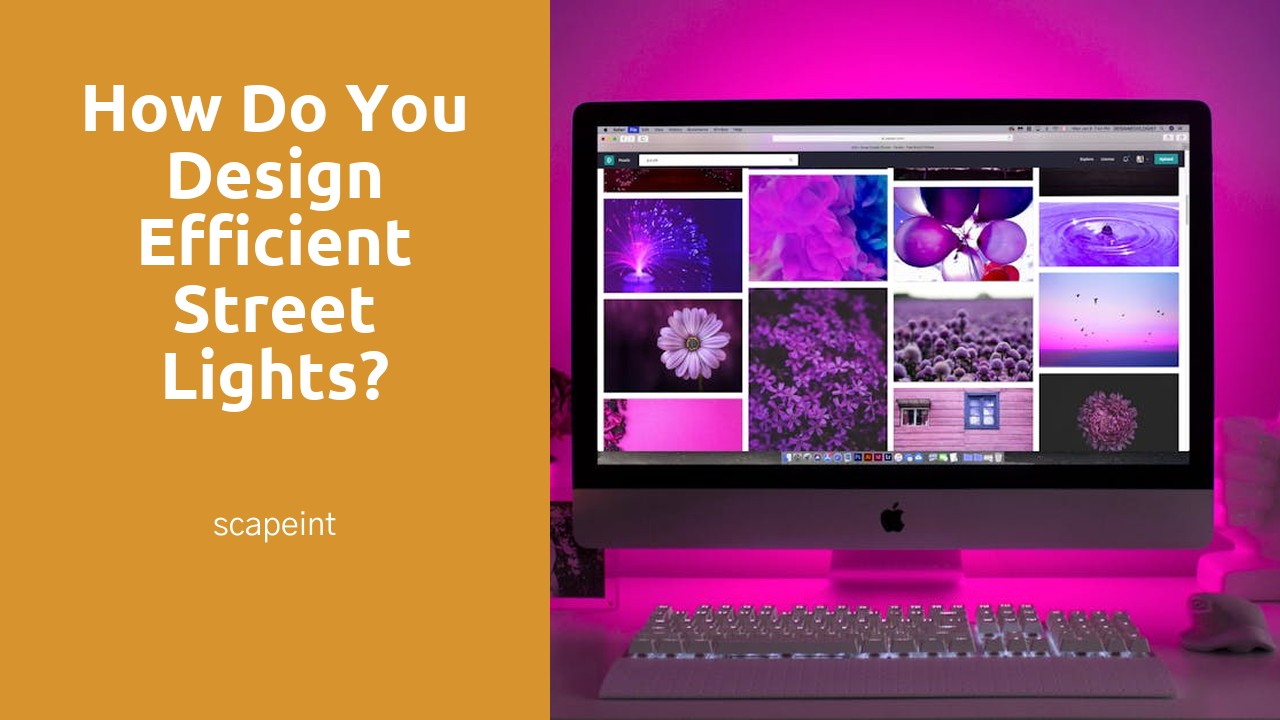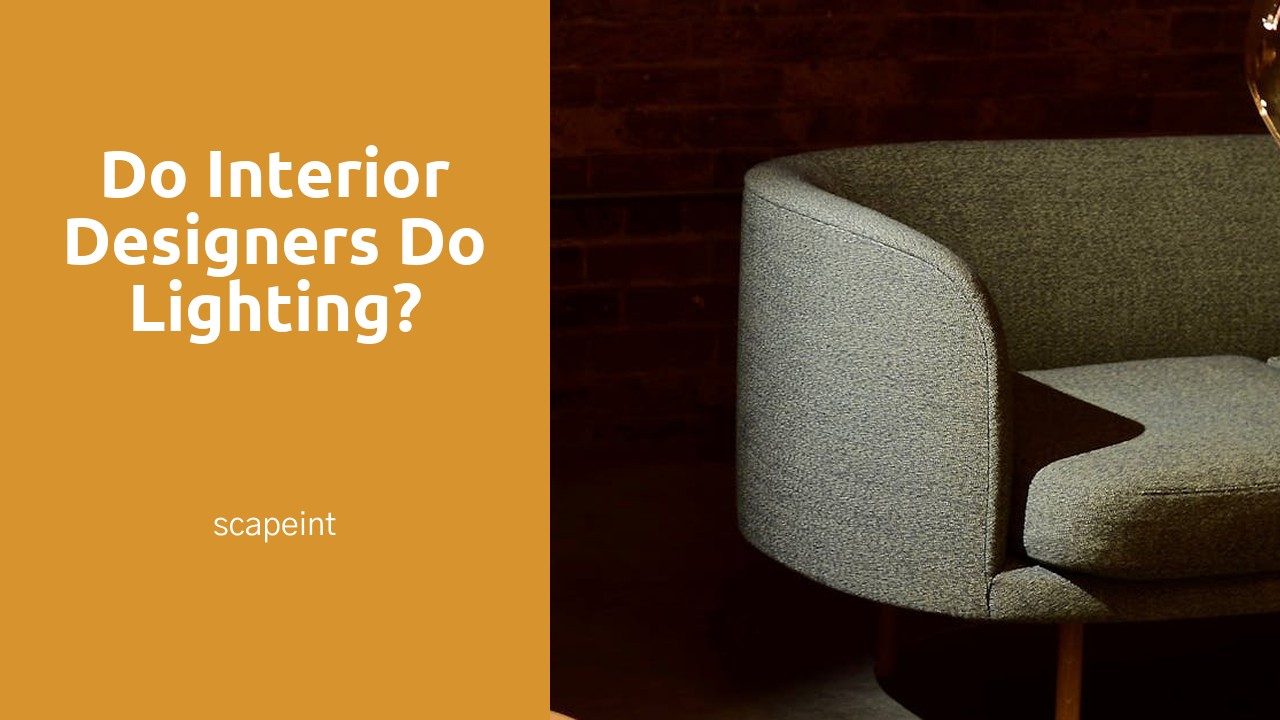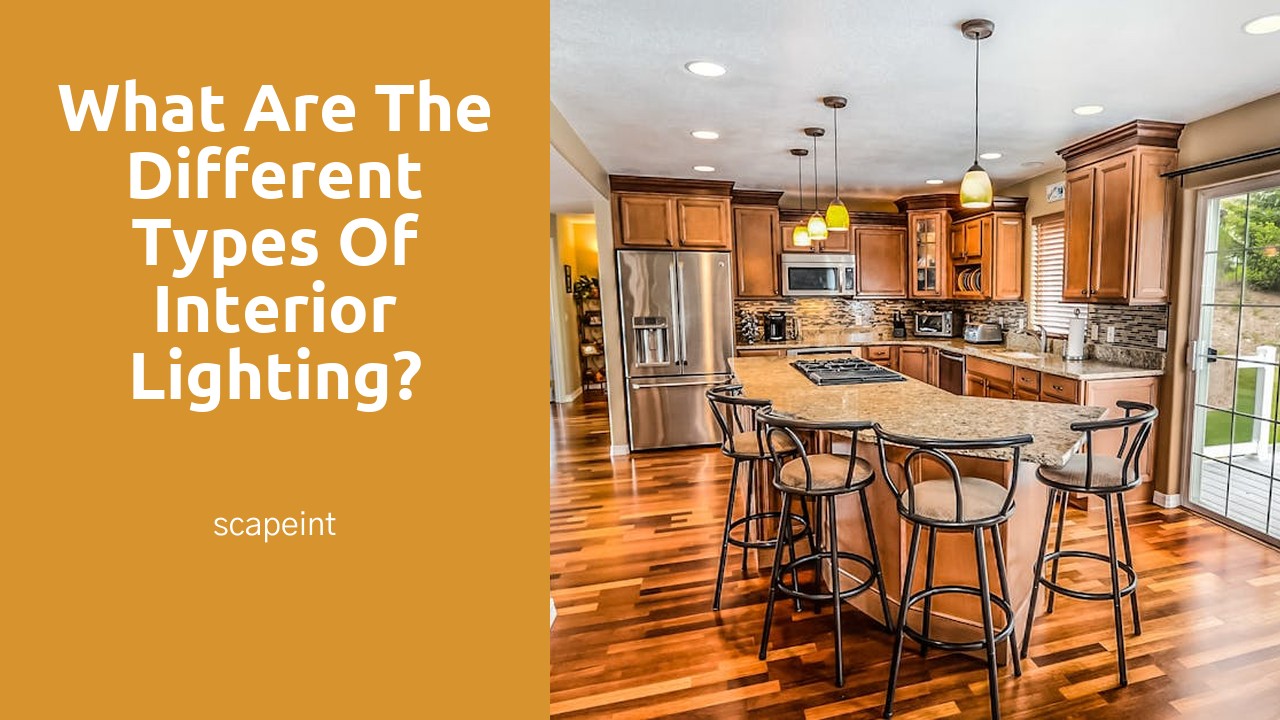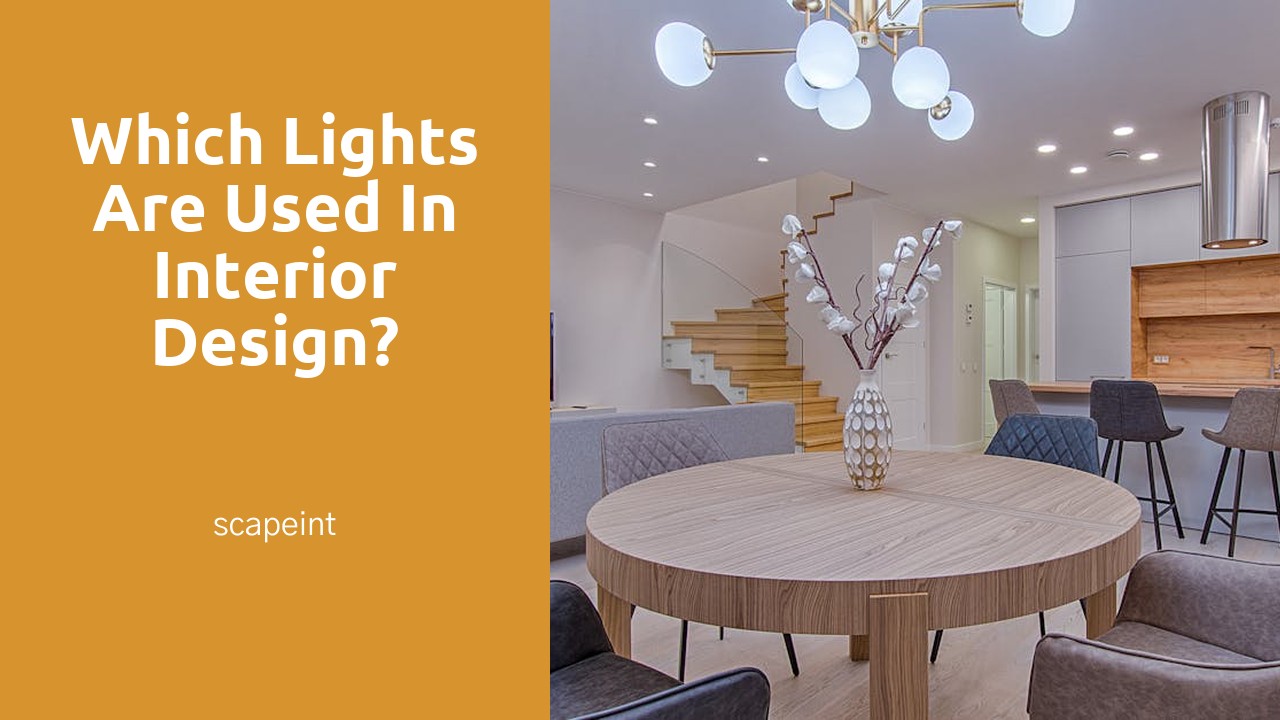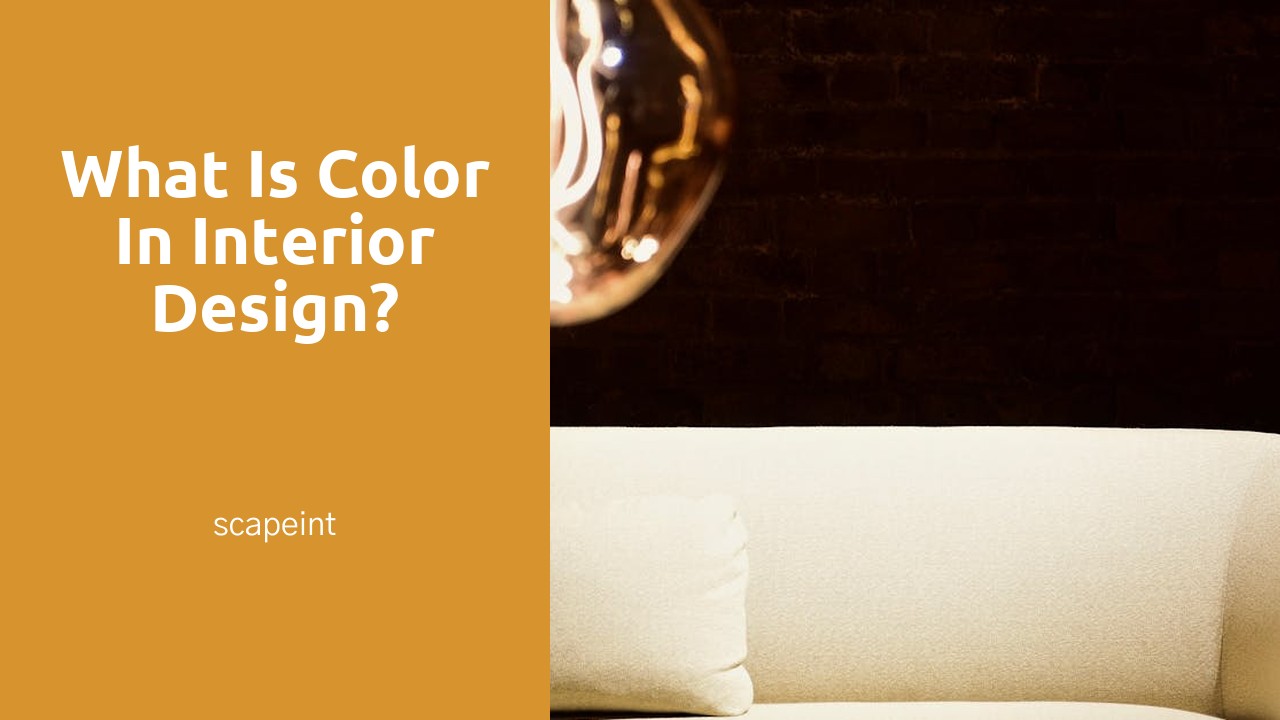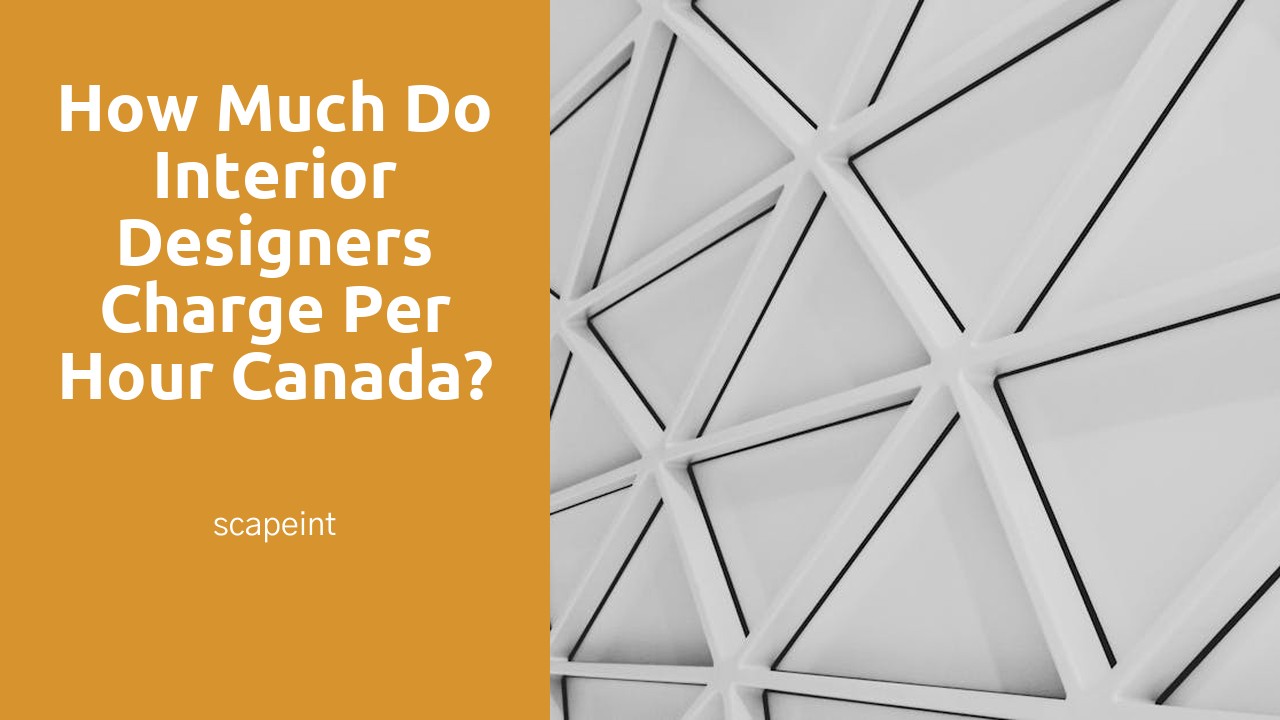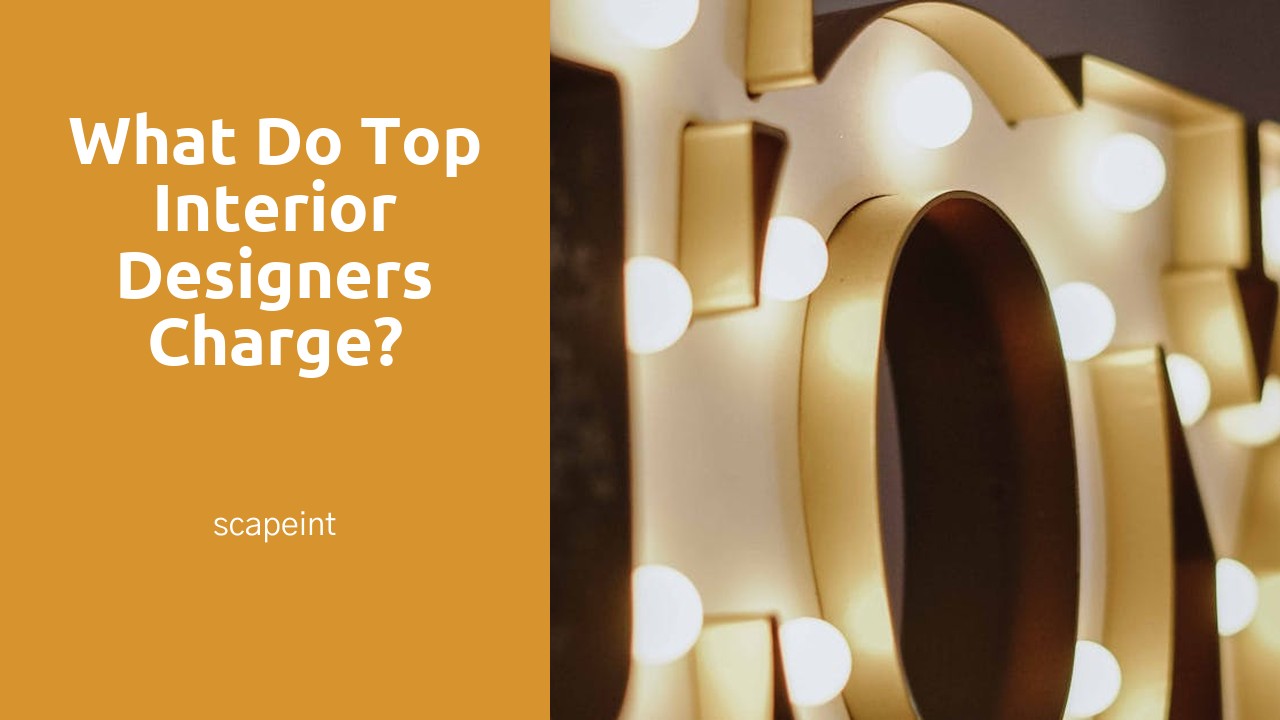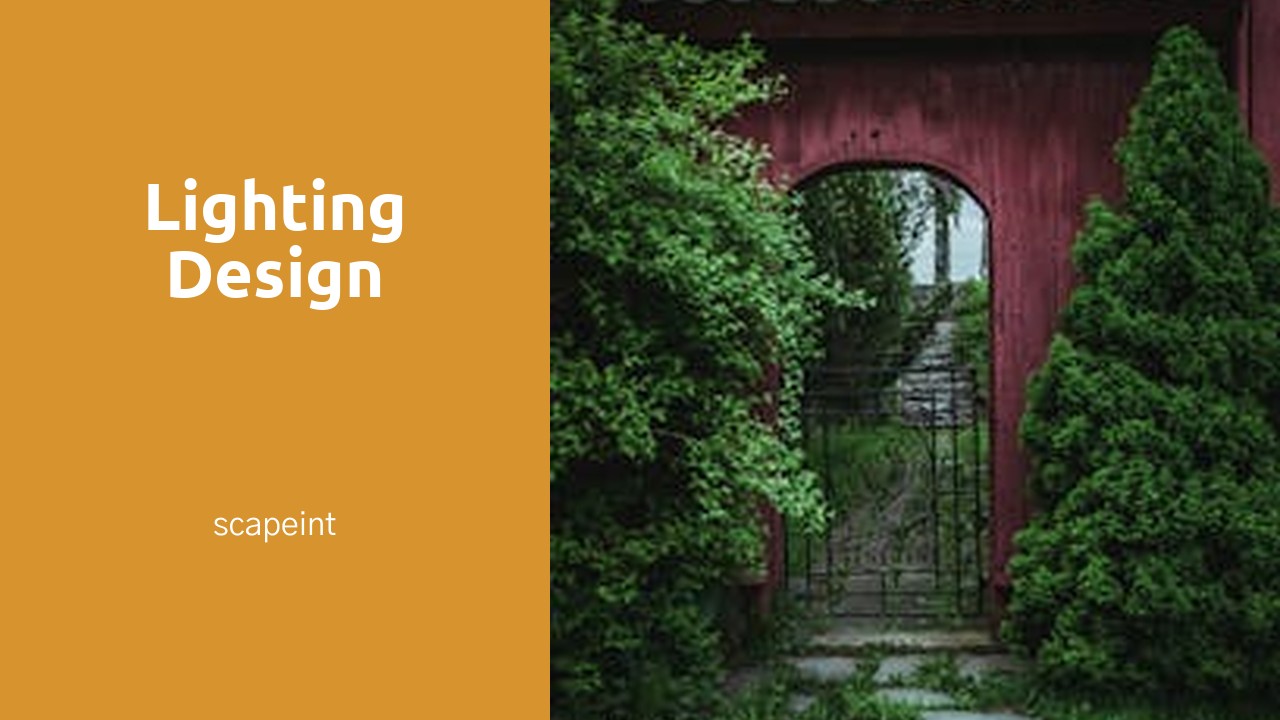
Lighting Design
Table Of Contents
Scapeint offers a comprehensive lighting design service that is tailored to meet the needs of each individual client. Our team of experienced designers work closely with you to understand your vision and create a customized lighting plan that enhances the aesthetics and functionality of your space. Whether you are looking to illuminate a residential, commercial, or outdoor space, our experts will provide innovative solutions that combine beauty and efficiency. With our commitment to quality and attention to detail, Scapeint ensures that your lighting design not only meets your expectations but exceeds them. Trust us to bring your vision to life through the power of light.
Lighting Design Tips for Small Rooms
Lighting plays a crucial role in enhancing the look and feel of small rooms. To make the most of limited space, opt for fixtures that are sleek and compact. Wall-mounted sconces or pendant lights can illuminate the room effectively without taking up valuable floor space. Additionally, consider using adjustable lighting options that can be directed to specific areas to create a sense of depth and focus.
Another tip for lighting small rooms is to incorporate mirrors strategically. Placing mirrors opposite light sources can help reflect and amplify the brightness in the room, making it appear larger and airier. Furthermore, using light-coloured walls and ceiling paint can also contribute to a brighter and more spacious feel. Remember, the key is to experiment with different lighting techniques and placements until you find the perfect balance that suits the room's size and purpose.
Maximizing Light with Strategic Placement
When it comes to lighting design in small rooms, strategic placement is key to maximizing the light available. By carefully considering the placement of light fixtures, you can create a well-lit space that feels bigger and more inviting. One effective strategy is to use wall sconces or recessed lighting to illuminate the walls rather than the center of the room, which can help create the illusion of a larger space.
Another way to strategically place lighting fixtures is to use mirrors to reflect light and brighten the room. Placing a mirror opposite a window or light source can help bounce light around the room, making it feel more spacious and open. Additionally, consider using adjustable task lighting in areas where you need focused light, such as a desk or reading nook, to ensure that you have the right amount of light exactly where you need it.
Sustainable Lighting Solutions for EcoFriendly Designs
When it comes to designing an eco-friendly space, lighting plays a crucial role in enhancing both the aesthetic appeal and sustainability of the environment. Opting for energy-efficient LED lighting solutions is a smart choice for reducing electricity consumption and minimizing the carbon footprint. LED technology not only provides bright and long-lasting illumination but also contributes to creating a greener design.
Incorporating natural light sources into the design, such as skylights or large windows, can further enhance the eco-friendliness of a space. By maximizing the use of natural light during the day, it reduces the reliance on artificial lighting and promotes a healthier indoor environment. Integrating sustainable lighting solutions not only benefits the environment but also creates a warm and inviting atmosphere within the space.
Integrating LED Technology for Energy Savings
LED technology has become a popular choice in modern lighting design due to its energy-efficient properties. By integrating LED lighting into your design, you can enjoy significant cost savings on your electricity bill while also reducing your environmental impact. LED lights consume less power than traditional incandescent bulbs, making them an excellent choice for those looking to create a more sustainable and eco-friendly living space.
Furthermore, LED lights have a longer lifespan compared to traditional lighting sources, reducing the need for frequent replacements and maintenance. This not only saves you money in the long run but also minimizes waste production. When designing a space with LED technology, consider the colour temperature of the lights to create the desired ambiance. Whether you're aiming for a warm and cozy feel or a bright and vibrant atmosphere, LED lights offer a wide range of options to suit your design preferences.
Importance of Layered Lighting in Design
Layered lighting is a fundamental principle in interior design that adds depth and sophistication to any space. By incorporating different types of lighting sources at various heights and angles, designers can create a visually dynamic environment that is both functional and aesthetically pleasing. Ambient lighting provides overall illumination to the room, while task lighting focuses on specific areas for activities like reading or cooking. Accent lighting, on the other hand, highlights architectural features or decorative elements to enhance the overall ambiance.
When layering different types of lighting together, it is essential to consider the mood and functionality of the space. Mixing and matching various lighting fixtures, such as overhead lights, sconces, and lamps, can help create a balanced and inviting atmosphere. By strategically placing lights in key areas, designers can highlight focal points in the room and create a sense of balance throughout the space. Overall, layered lighting is a versatile design technique that can transform a room from dull and uninspiring to vibrant and welcoming.
Combining Ambient, Task, and Accent Lighting for Depth
When it comes to creating a well-lit room that exudes depth and ambiance, the key lies in combining different types of lighting. By strategically blending ambient, task, and accent lighting, you can transform a space from dull and flat to dynamic and inviting. Start by layering ambient lighting, which serves as the base level of illumination, evenly spreading light throughout the room to establish a comfortable and balanced environment. This can be achieved through overhead fixtures, wall sconces, or even floor lamps positioned strategically to cast a warm glow.
Next, incorporate task lighting to provide focused illumination for activities such as reading, cooking, or working. Task lighting can take the form of desk lamps, under-cabinet lights, or pendant fixtures placed directly over work areas to enhance visibility and reduce eye strain. By layering task lighting on top of ambient illumination, you not only improve functionality but also create visual interest and depth within the room. Finally, add accent lighting to highlight architectural features, artwork, or decorative elements in the space. This type of lighting adds drama and dimension, drawing the eye to specific points of interest and enhancing the overall aesthetic appeal of the room. By carefully balancing ambient, task, and accent lighting, you can achieve a harmonious and layered lighting design that elevates the atmosphere of any small room.
FAQS
What are some lighting design tips for small rooms?
In small rooms, opt for wall sconces or pendant lights to save floor space. Use mirrors to reflect light and create the illusion of a larger space. Consider adjustable track lighting to direct light where needed.
How can I maximize light with strategic placement in a room?
Strategic placement of lighting fixtures can help maximize light in a room. Place lights near reflective surfaces like walls or ceilings to bounce light around the room. Use a combination of overhead, task, and accent lighting for a balanced and well-lit space.
What are sustainable lighting solutions for eco-friendly designs?
Sustainable lighting solutions include LED fixtures, solar-powered lights, and daylighting systems. These options reduce energy consumption and environmental impact while providing efficient and long-lasting lighting solutions.
How can I integrate LED technology for energy savings in lighting design?
LED technology is energy-efficient and can be integrated into various lighting fixtures. Replace traditional incandescent bulbs with LED bulbs to reduce energy consumption and lower electricity bills. LED lights also have a longer lifespan, reducing the frequency of bulb replacements.
Why is layered lighting important in design?
Layered lighting involves combining ambient, task, and accent lighting to create depth and enhance the overall design of a space. It provides flexibility in adjusting the light levels for different activities and moods, adding visual interest and functionality to the room.
